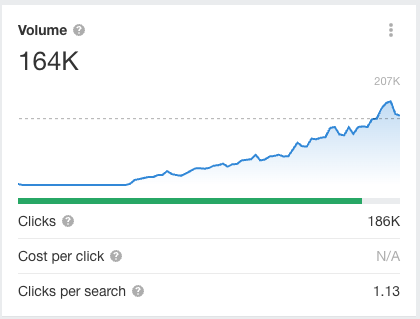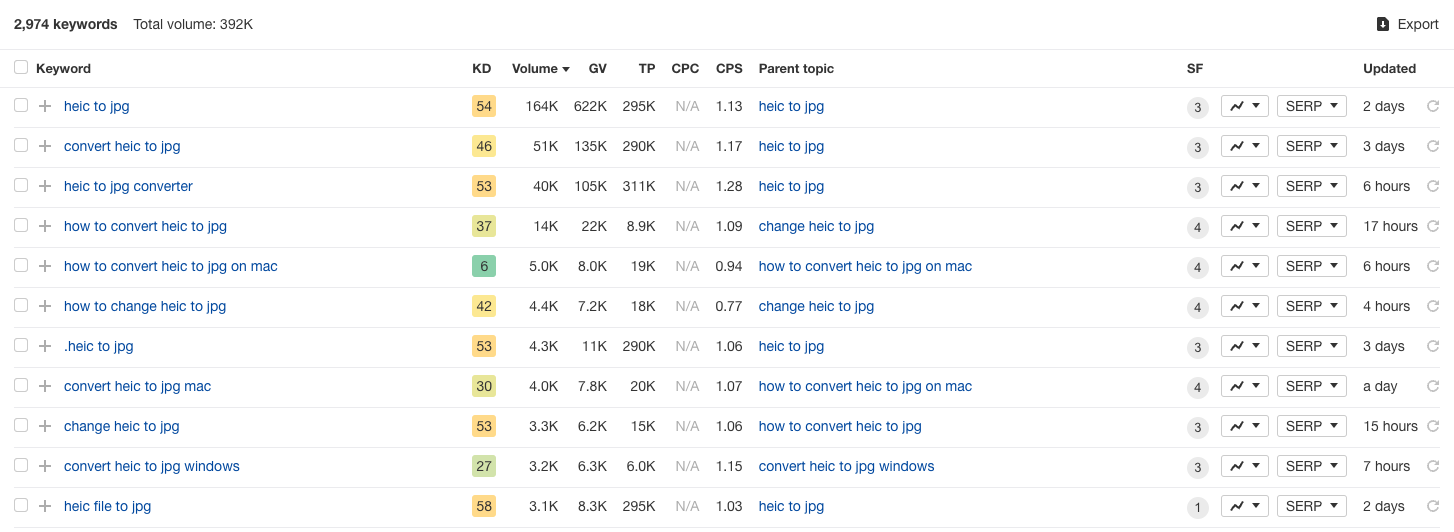The micro-SaaS challenge: Day 70 (Building Apocode #9)

I wrote previously about my intention of creating and launching 10 micro-SaaS products in 100 days, while building Apocode (a UK-based startup helping entrepreneurs create SaaS products without writing code).
Ten days ago, I launched the sixth micro-SaaS. This article introduces the seventh.
The problem
When I need to upload a document to a website (driving licence, passport, bill, etc), I usually take a picture of it with my phone, send it to my laptop via Google Drive or email, and upload it.
For years I used phones that saved images in JPEG. JPEG is a popular and commonly used image format, so the upload process was simple and smooth.
Last year, I bought a new phone that saves images in HEIC. On paper, HEIC is a more attractive image format as it offers better image compression and quality. However, very few web applications support the upload of HEIC images as its support outside of the Apple ecosystem requires the installation of an additional driver.
The solution
The obvious solution is to convert images from HEIC to JPEG before uploading them, but how?
On Mac, it is possible to convert HEIC images using the Viewer application. On Windows, the Windows Photo app can be used, but is awkward when converting more than one file.
Another good solution is to use an online web converter. For example, Cloud Convert or HEIC to JPEG.
When looking for a converter for my own needs, I was stunned by the number of options available. The first 10 pages of Google results are filled with almost identical tools, all performing that same, simple task.
This peaked my curiosity, so I investigated further. It appears that the term "heic to jpg" is searched for more than 164 thousand times per month in the US alone.

And the global volume for related keywords is probably above 1 million searches.

So for the seventh micro-SaaS, I decided to jump on that bandwagon and create a very simple HEIC to JPEG converter: Digital Image Converter. The broad and generic name was intentional - leaving the door open to the possibility of extending to other formats like PNG in the future.
How long will it take Digital Image Converter to rank in the Google search results? Will it bring any organic traffic? Could it be monetised through advertising? I don't know, but I am looking forward to seeing the results in a few months time.
For now I'll get started on the next micro-SaaS, while continuing to build Apocode.
If you would like to provide feedback, create similar SaaS products, or follow the journey, you can join Apocode's product waitlist, subscribe to my blog, follow me on Twitter, or email me at nicolas@apocode.com